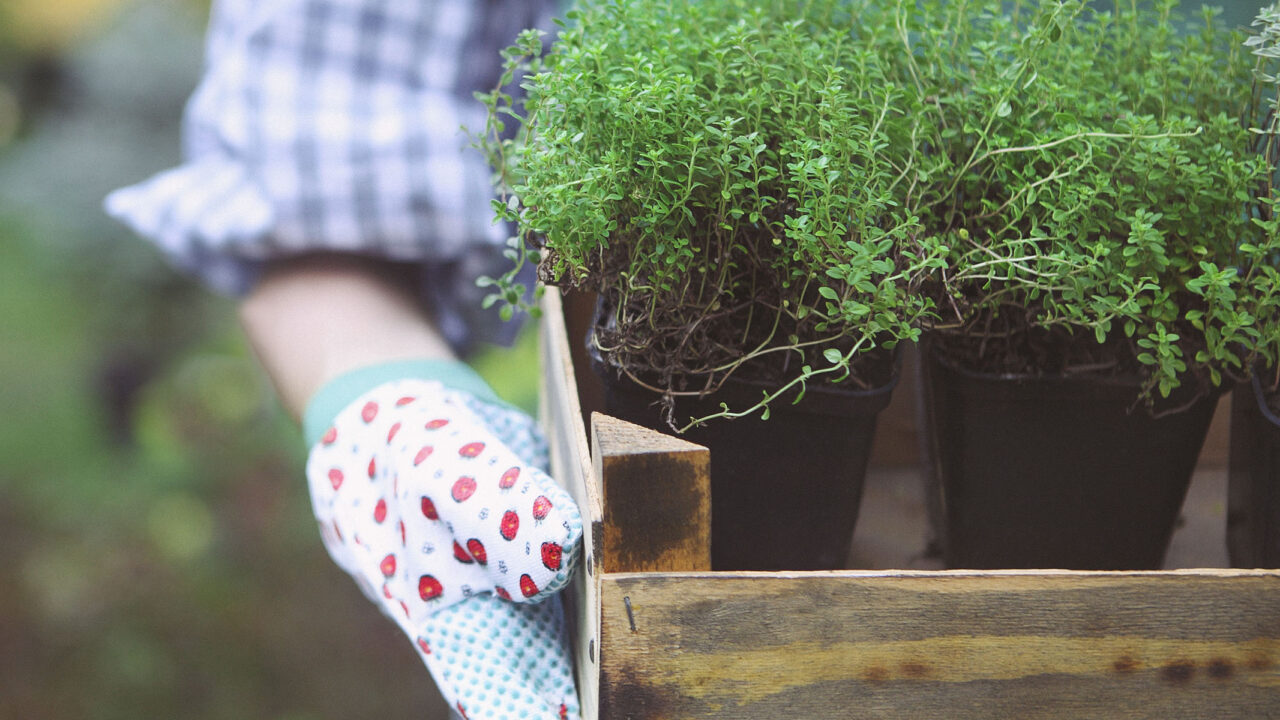Water gardening isn’t complicated. It may seem mysterious at first, but it’s actually very easy and quite enjoyable. Our climate here in Houston is perfect for water gardening.
From kettle gardens (low bowl filled with aquatic plants) to fountains, the hypnotic sound of moving water adds another dimension to your garden. It is important to note the difference between water gardening and a water feature. Water gardening involves aquatic plants, while a water feature typically doesn’t but does involves moving water in some fashion.
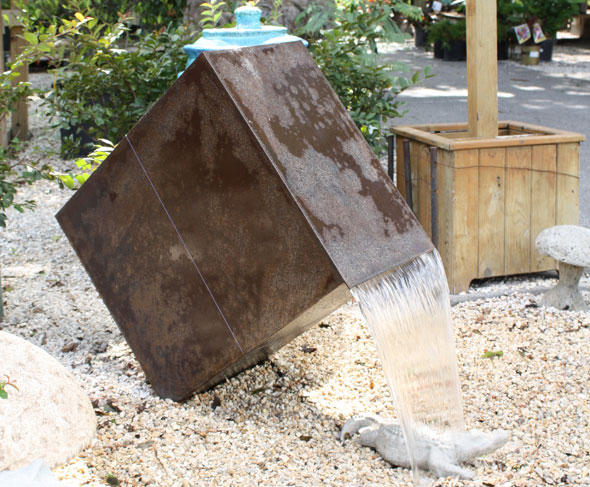
A disappearing fountain is one of the most dramatic water features you can add to you garden. It occupies a small amount of space and uses a hidden reservoir beneath to recirculate the water. Buchanan’s has kits that make this entire process easy to install and maintain.

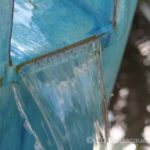
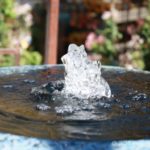
Whether you prefer modern, eclectic or traditional – there is one to suit your style.
Water gardening can be a simple as a kettle garden to a large pond complete with a bog, waterfall, water lilies and fish. Water lilies are the gems of these gardens. Beautiful flowering aquatic plants available in tropical and hardy varieties. There are even night blooming tropicals. In Houston, we can grow them all.
Tropical and Hardy Water Lilies
Tropical water lilies prefer warmer climates and push their flower stem vertically out of the water. Their leaves are oval with serrated edges. Hardy water lilies can tolerate colder climates. Their blooms rest on the surface of the water and their leaves are round with a smooth edge. Water lilies are planted in a pot of heavy clay topsoil without any drainage holes. A layer of sand or pea gravel covers the topsoil (similar to how you would add a layer of mulch to a regular potted plant). This helps to keep the topsoil from mixing with the pond water.
Goldfish, Koi, Dragonflies and Mosquitos
If you decide to add fish, I would avoid mixing koi with water lilies. They tend to dig up aquatic plants. Goldfish are fine, but make sure you treat the water to remove chlorine and chloramines (disinfectants used to treat drinking water) before adding fish. Untreated tap water kills fish. I have Gambusia (a relative to the common guppy that eats mosquito larvae) in my pond. It is a 6 foot galvanized stock tank (from Tractor Supply) which is perfect for my water lilies. This look may not be for everyone, but I like being able to walk around it and reach in easily.
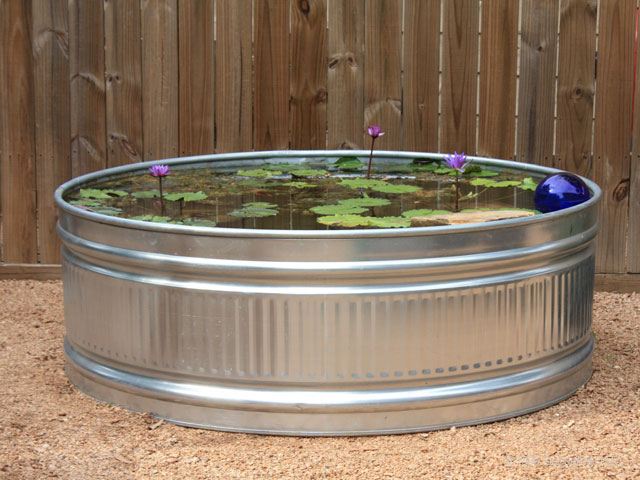
One nice surprise about having a water garden is you’ll start to see dragonflies hovering nearby. They are beautiful creatures and love to eat mosquitos too! Funny how Mother Nature has a way of keeping things in balance. They like to perch so be sure to leave something for them to rest on. I usually leave a few bamboo stakes in potted plants nearby for them.
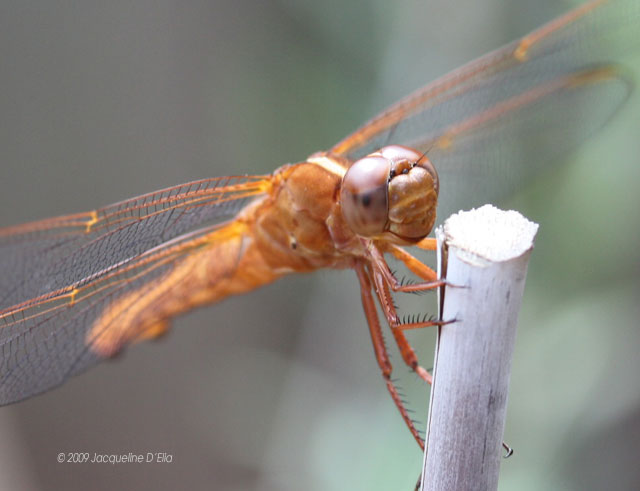
Here are some tips for successful water gardening:
1 Select an area that receives full sun or near full sun. If you want to grow water lilies, you’ll need full sun. As the water lilies grow (from March to October), their leaves will shade the water surface to help prevent algae (water turning green). Ideally, about 60% of your water surface should be covered.
2 Add some hornwort (Ceratophylum demersum – free flowing plant that adds oxygen) and some bog plants (sweetflag, pickerel rush, pitcher plants, etc.). These generally help purify the water. Use caution when planting Papyrus sedge (Cyperus papyrus) as it can be invasive if it escapes the bounds of it’s container. You can also add a bio-filter which circulates the water through a medium where beneficial bacteria remove waste from the water. There are some nice compact units that incorporate the filter along with a fountain.
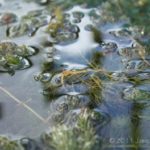
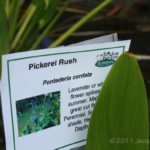
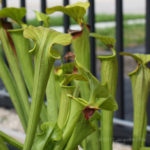
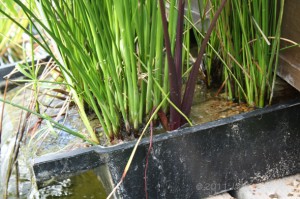
Here water is purified by passing it through bog plants anchored in a loose medium (pea gravel). The plants draw their nutrients from the water as it passes through back into the pond. A recirculating pump keeps the water flowing. The slower the water passes through the better (more time for the plants to absorb nutrients).
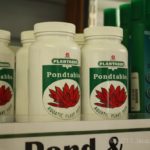
Simply push the tablet into the soil with your finger a few inches deep. It is not necessary to fertilize your bog plants since they are getting nutrients from the water.
4 For a small pond and kettle garden, choose a water lily suited for small spaces. A Colorado water lily does very well in containers. Most tropical water lilies need a little more space.

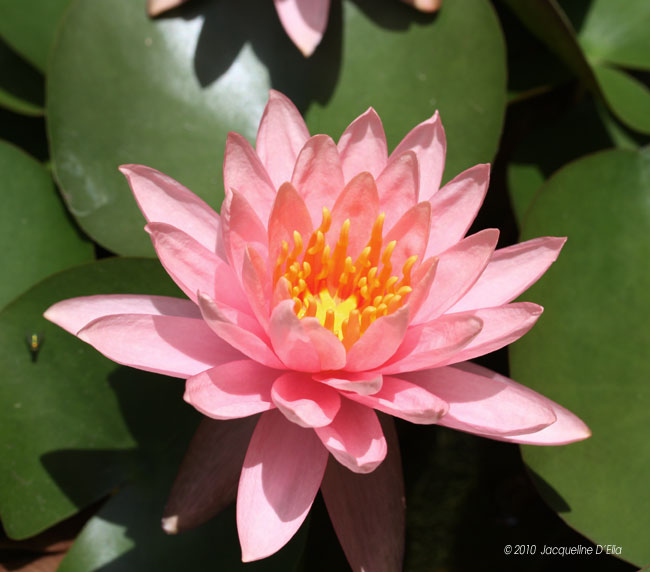
5Prune spent leaves on your water lilies. The plants will bloom more frequently with proper care and you’ll avoid the addition of decomposing leaves – keeping water clear. Try to keep leaves and debris out of the pond during fall and winter. Cover it if needed when your trees are shedding leaves. If you keep the pond free of debris, you won’t have to clean it as often. Typically you’ll need to empty it yearly and clean the bottom.
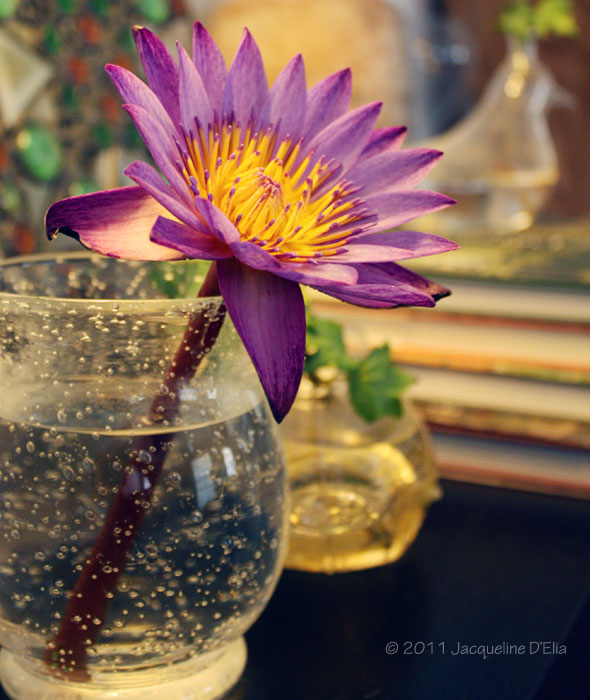
6
You can pick tropical water lilies on the first day they bloom and bring them inside. Their long stems make them a great choice for inserting into arrangements.
Treat them like a cut flower and place them in water immediately. They should last about 3 days.
The bloom will close in the evening.
Most tropical water lilies have a delicate sweet fragrance, which is an added benefit when picking them to bring indoors.
Try mixing some water lily blooms with more traditional arrangement elements and fillers for a unique display.
If you are interested in learning more about water gardening or adding a water feature to your garden, Buchanan’s can help. Browse our collection of fountains, aquatic plants and containers suitable for water gardens. Have questions? Come in and see us.
